
To hunt the high tops, hanging valleys and big basins of Fiordland National Park is a rare privilege.
This tangled mass of peaks and glacial valleys has awesome grandeur and well deserves its World Heritage Area status. It is simply one of the most beautiful places on earth. Fourteen fiords are spaced along the west coast, and the ranges between the coast and lakes Te Anau, Manapouri and Hauroko offer some of the best hunting in New Zealand.
Wapiti were named by the American Indians, but the term elk was adopted in the U.S. and Europe. This largest species of round-antlered deer was liberated at George Sound in 1905. Crossbreeding with red deer has modified the herd over the years and purebred wapiti are probably non-existent, but fine trophies are taken in the balloted ‘bugle’ period. As wapiti live in the steepest, wettest and most isolated part of the country, the hunter faces a supreme test of endurance and skill.
Red deer are common throughout Fiordland but are difficult to track down in the wet conditions especially when the hunter is under attack from voracious sandflies and commercial venison recovery helicopters are buzzing overhead. Low lying areas like the Hollyford Valley and around Lakes Monowai and Hauroko offer the best opportunities for ground hunters.
Moose were liberated in Dusky Sound in 1910 and around a dozen were shot over the period to 1952. They have never been sighted since, and are presumed to be extinct. An aura of mystery remains however, as periodically large hoof prints are spotted and thick saplings are found broken at a uniform height and stripped of leaves in a moose-like manner. If you see one shoot with a camera instead of a rifle – it may be the very last one.
Chamois can be found in very remote northern areas such as the mid Darran Mountains. Wild pigs are limited to small, localised populations around the Eglinton River mouth and the Hope Arm of Lake Manapouri.
Mallard, grey and shoveler ducks are present in low numbers in the Eglinton Valley along with Canada geese.
Fly-in hunting and ground hunting safaris for wapiti, red deer and chamois are available at Te Anau, Manapouri, Invercargill and Bluff.

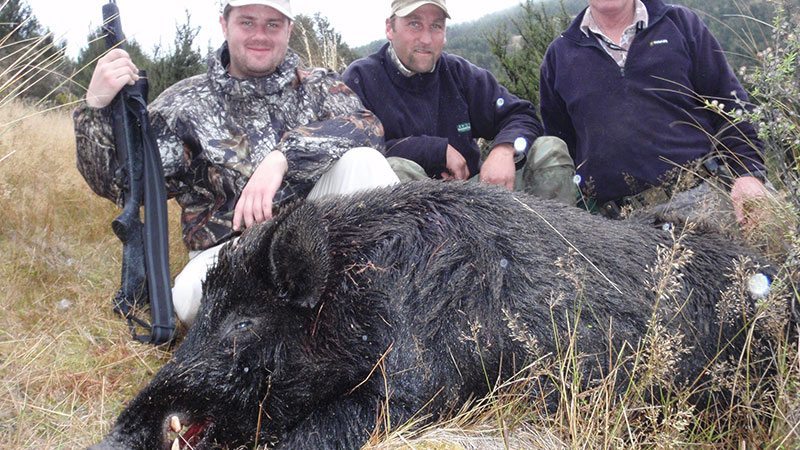
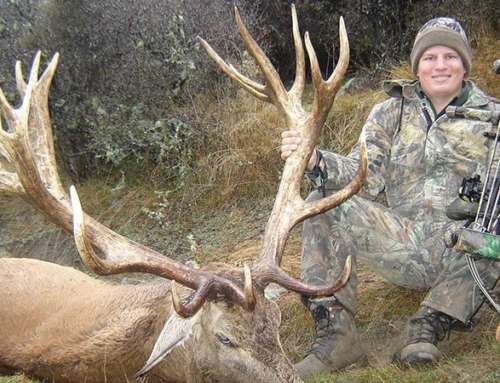
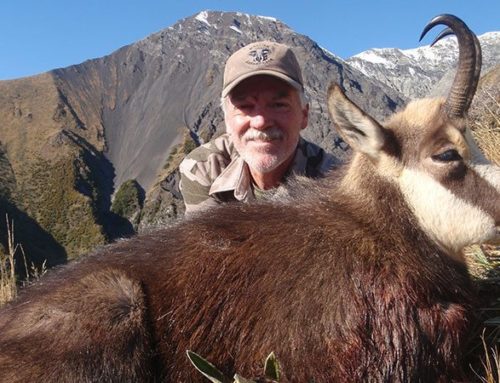
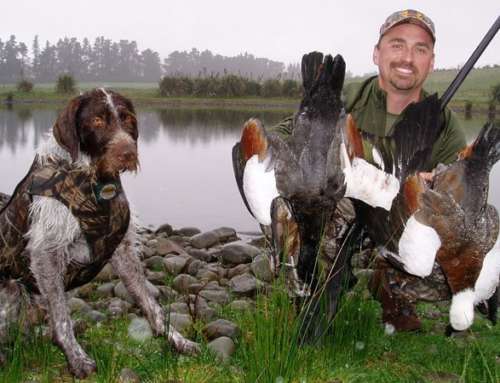
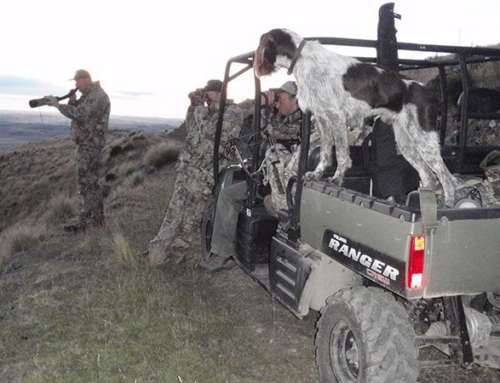
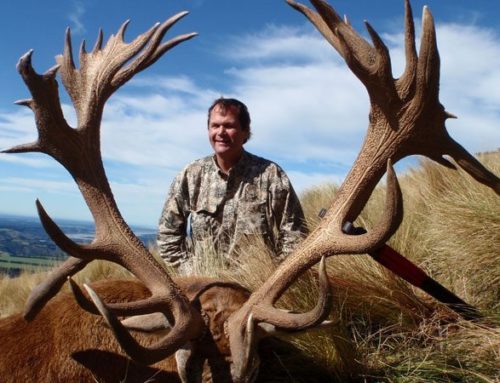
Leave A Comment